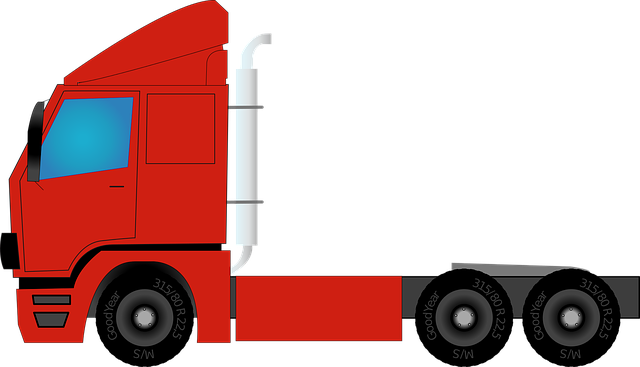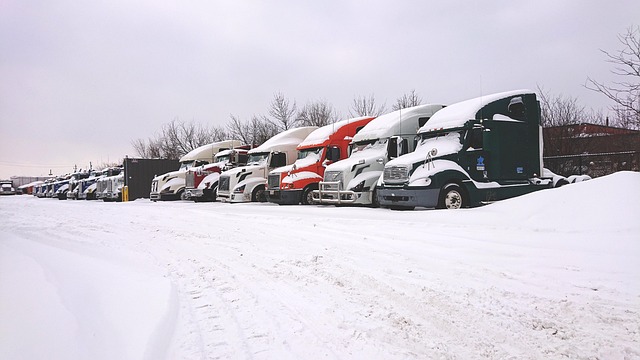Looking to register your car in California? This comprehensive guide walks you through the entire process, ensuring a smooth experience. From understanding crucial vehicle registration requirements and gathering essential documents to visiting a local DMV office and completing application forms, we’ve got you covered. Don’t forget to verify your Vehicle Identification Number (VIN) for added peace of mind. By following these steps, you’ll be on your way to securing your California car registration in no time.
- Understand California Vehicle Registration Requirements
- Gather Necessary Documents for Car Registration
- Visit a California Department of Motor Vehicles (DMV) Office
- Complete the Vehicle Registration Application Form
- Pay the California Car Registration Fees and Obtain Your Plate
Understand California Vehicle Registration Requirements

Before registering your vehicle in California, it’s crucial to understand the state’s specific requirements for vehicle registration. One key aspect is ensuring your vehicle has a valid and accurate Vehicle Identification Number (VIN) verifier. The VIN is a unique 17-character code that identifies your car, and proper verification is essential for a seamless registration process.
In California, you’ll need to undergo a VIN inspection as part of the registration. This involves confirming the VIN’s accuracy and authenticity, which can be conveniently done through mobile vin verification or mobile vin inspection services. These services allow you to get your vehicle’s VIN checked remotely, saving time and effort compared to traditional methods. Ensure your VIN is valid and accurate to avoid delays or issues during registration.
Gather Necessary Documents for Car Registration

Before you start the registration process, it’s crucial to gather all the essential documents required by the California Department of Motor Vehicles (DMV). One critical step is to obtain a Vehicle Identification Number (VIN) verification. This can be done through a mobile VIN inspection or by visiting an authorized location for a formal VIN check. The DMV recommends ensuring that the vehicle’s ownership and identity are clear, which involves verifying the VIN with the manufacturer or using reputable online tools.
Additionally, you’ll need to present proof of insurance, a valid driver’s license, and the vehicle’s title (if applicable). It’s important to double-check that all documents are up-to-date and meet the DMV’s specifications. This ensures a smooth registration process without any delays or complications.
Visit a California Department of Motor Vehicles (DMV) Office

To begin the process of registering your car in California, visit a local California Department of Motor Vehicles (DMV) office. Here, you’ll need to complete essential paperwork and provide crucial documents like proof of insurance, vehicle registration from the previous state, and a valid driver’s license. A DMV representative will guide you through the steps and ensure you have all the necessary information.
One service that can streamline this process is a mobile vin inspection or vin verification. This allows you to get your vehicle’s VIN (Vehicle Identification Number) checked by a professional outside of the DMV, providing peace of mind and saving you a trip to the office. It’s an optional step but can make navigating the registration process much easier, especially if you’re new to California or have questions about your vehicle’s history.
Complete the Vehicle Registration Application Form

To start the registration process in California, you’ll need to complete the Vehicle Registration Application Form, which can be obtained online or from a DMV office. This form requires detailed information about your vehicle, including its make, model, year, and unique identifier—the Vehicle Identification Number (VIN). It’s crucial to ensure the VIN is accurate, as it’s used to verify ownership and check for any outstanding issues with the vehicle.
Using a mobile vin verifier or conducting a mobile vin verification can be beneficial during this step. Many services offer quick and convenient ways to gather this data. Simply enter your VIN into an app or website, and it will display the vehicle’s specifications, history, and any potential red flags. This modern approach saves time and adds an extra layer of assurance before submitting your application.
Pay the California Car Registration Fees and Obtain Your Plate

After completing your vehicle’s registration application, it’s time to pay the California car registration fees. These fees vary based on the type and age of your vehicle. You can typically pay online through the DMV website or in person at a local DMV office. Once your payment is processed, you’ll receive your vehicle’s unique Identification Number (VIN) verifier code, which is crucial for the next step.
To obtain your license plate, you’ll need to schedule a plate issuance appointment or, in some cases, visit a designated licensing location with your registration documents and VIN inspection results. Ensure that your vehicle passes the necessary inspections before proceeding. Consider availing of mobile vin verification or a mobile vin inspection service for convenience, as these options can help streamline the process, especially if you’re busy or have limited access to transportation.
Registering your car in California is a straightforward process that ensures your vehicle complies with state laws. By understanding the requirements, gathering essential documents, and visiting a local DMV office, you can complete the registration efficiently. Remember to keep your VIN verifier handy for verification purposes during the application process. With these steps and necessary preparation, you’ll be on your way to legal and smooth driving in the Golden State.
